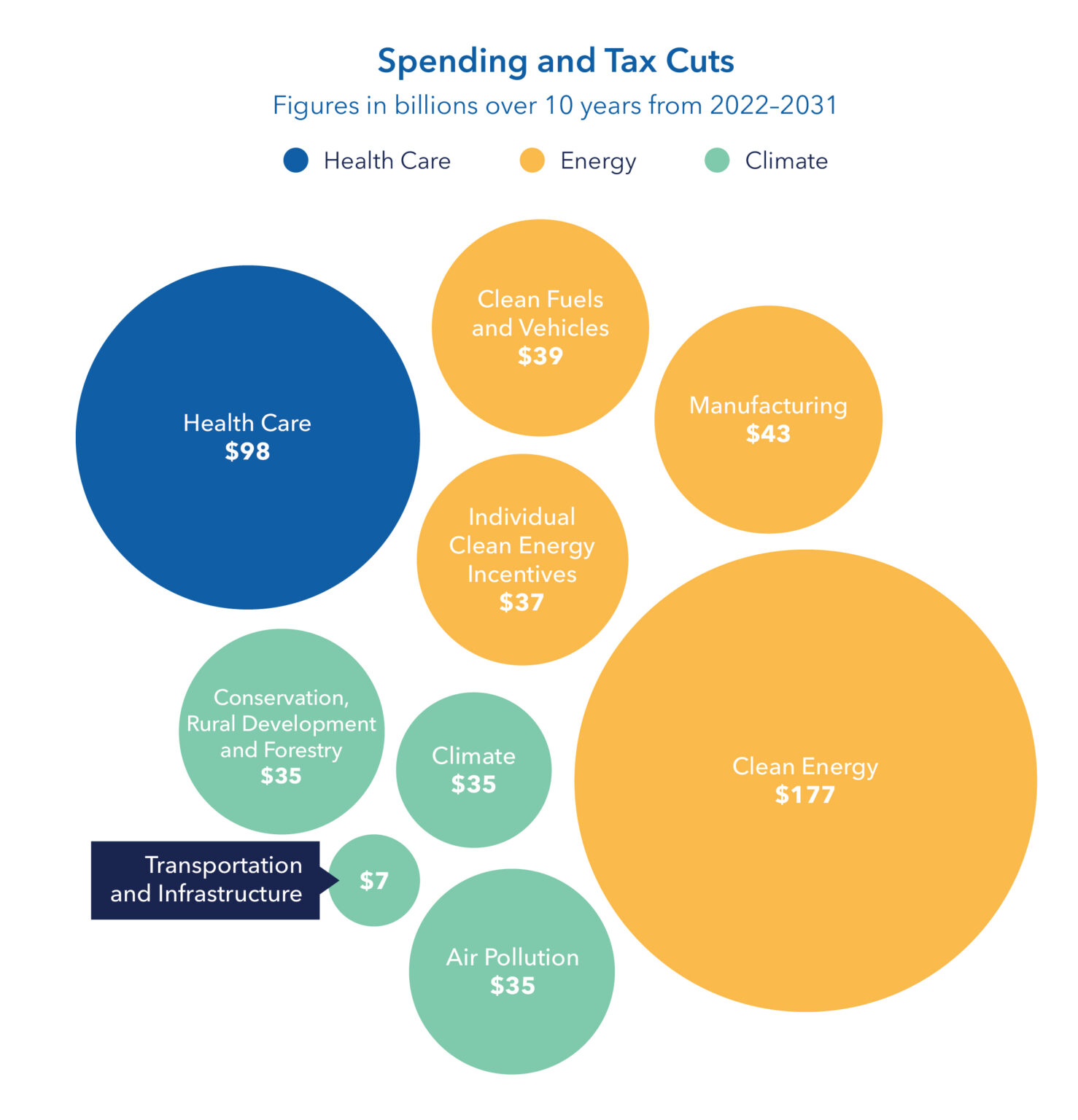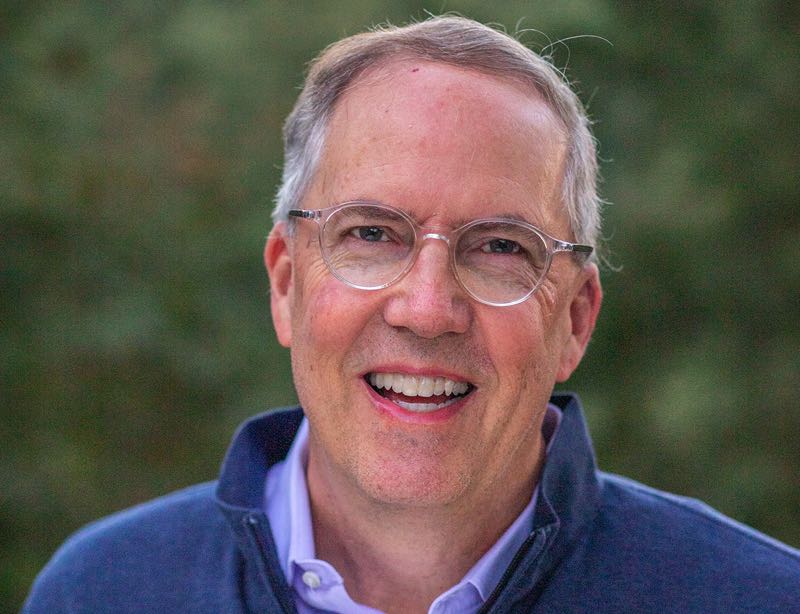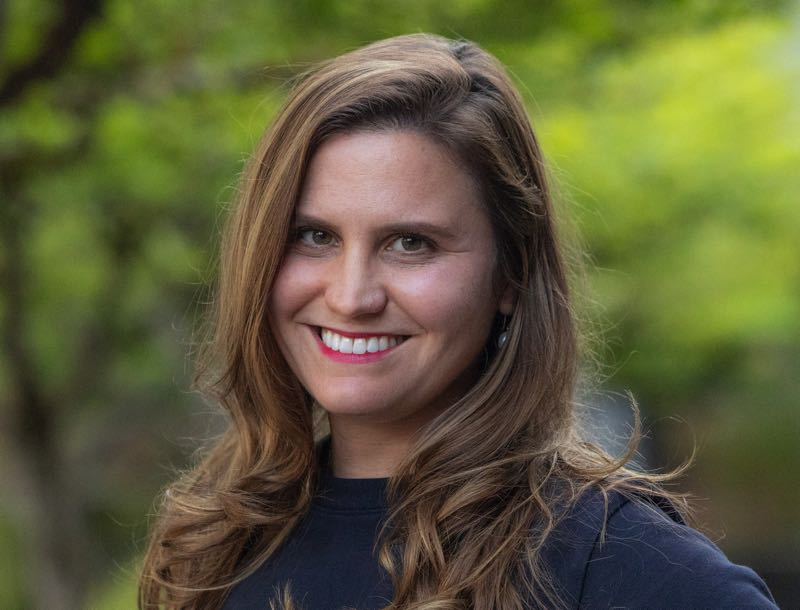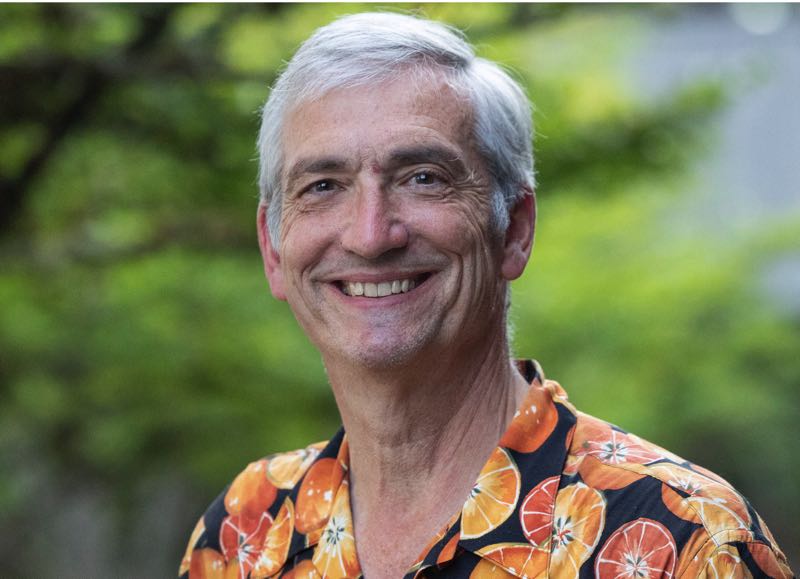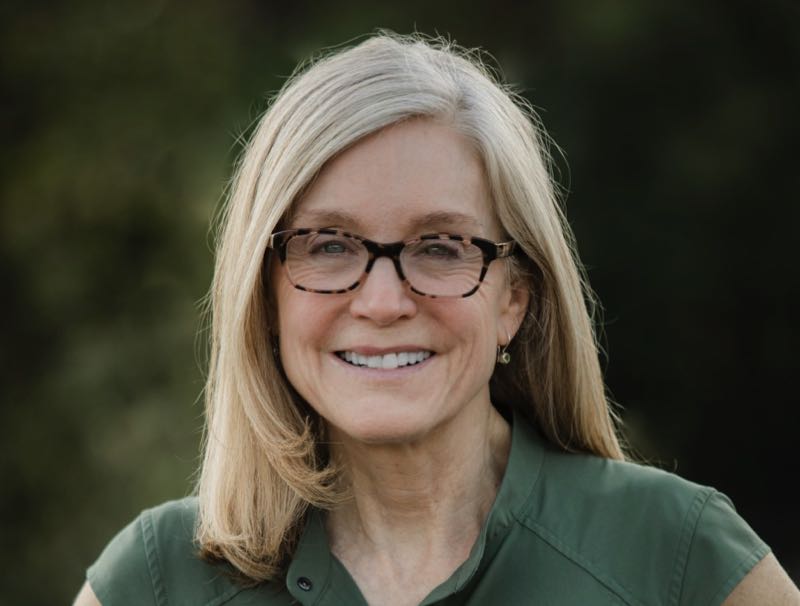The City is currently in the design process for a new Wastewater Treatment plant and a Recreation Center. In both these cases, many sustainability opportunities were only explored late in the design process and at the request of citizens. What would you do to embed sustainability considerations in City projects from the very beginning including citizen input?
To say that sustainability was not part of the early conversation is disingenuous. In both projects referenced, there was a tremendous amount of citizen input and involvement throughout all the initial stages with many sustainable goals achieved very early in the process. As projects become more finalized in the planning stage, there is always opportunity to review projects through multiple lenses. Sustainability values, impacts and beliefs were appreciated in both of these projects. All recent city projects including City Hall, Adult Community Center, park bathrooms, and LORAC have many sustainable features. In any project, there is always the competing balance of available budgets and features needed and wanted.
In the case of the Sewer Treatment Plant, this is a unique project because it is a Private Public Partnership. The number one objective is to minimize the impact on Sewer rates for our ratepayers while providing a reliable and sustainable environmental and economic plant for the future. Working with a private company that will design, build, and operate this facility is slightly different than a normal city only managed project. In this project, the private party was very receptive to sustainability goals as the design process became more developed.
Note: some readers perceived this question as critical of the City leadership. This was not our intent. We have been pleased with the degree to which the City has collaborated with us on sustainability and made sustainability a focus in their operations. Our goal was to elicit ideas on how collaboration between the city and citizens could be structured. Our apologies for not making our intent clearer.
